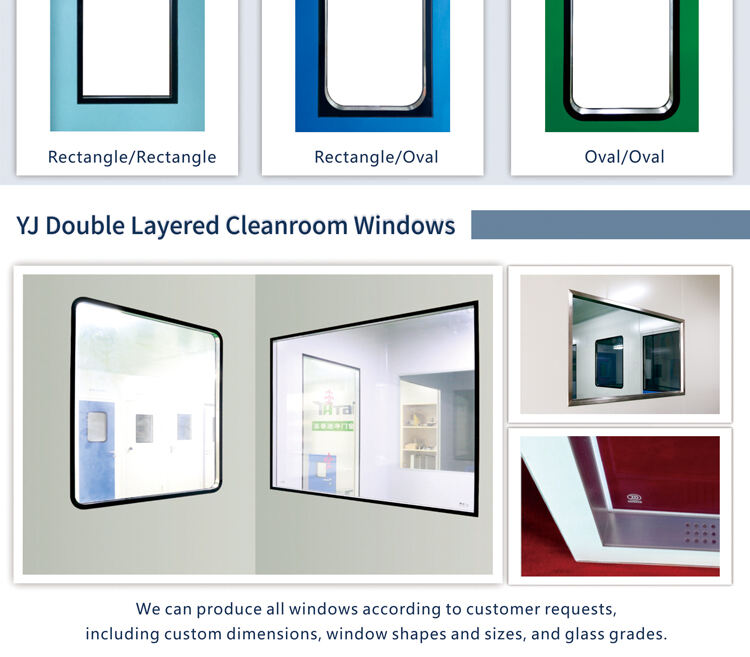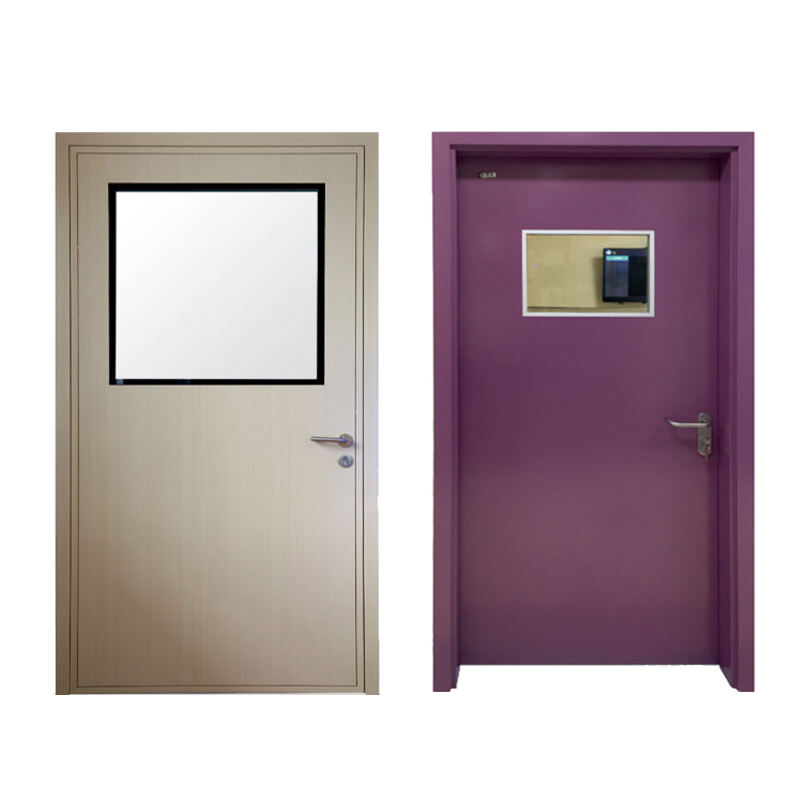cleanroom door
A cleanroom door serves as a critical component in maintaining controlled environments, designed specifically to prevent contamination and maintain stringent cleanliness standards. These specialized doors incorporate advanced sealing technologies and are constructed from materials that resist particle generation and chemical degradation. The design typically features smooth surfaces, rounded corners, and specialized gaskets that minimize particle entrapment and facilitate thorough cleaning. Cleanroom doors often include automated systems for hands-free operation, reducing the risk of contamination through human contact. They are engineered to maintain precise air pressure differentials between adjacent spaces, which is crucial for preventing cross-contamination. The doors can be configured with various interlocking mechanisms, monitoring systems, and safety features to ensure proper operation and maintain cleanroom integrity. Applications span across numerous industries, including pharmaceutical manufacturing, semiconductor production, biotechnology research, and medical device assembly. These doors are available in different styles such as sliding, swing, or roll-up configurations, each designed to meet specific operational requirements and space constraints while maintaining cleanroom classifications from ISO Class 8 to ISO Class 3.


